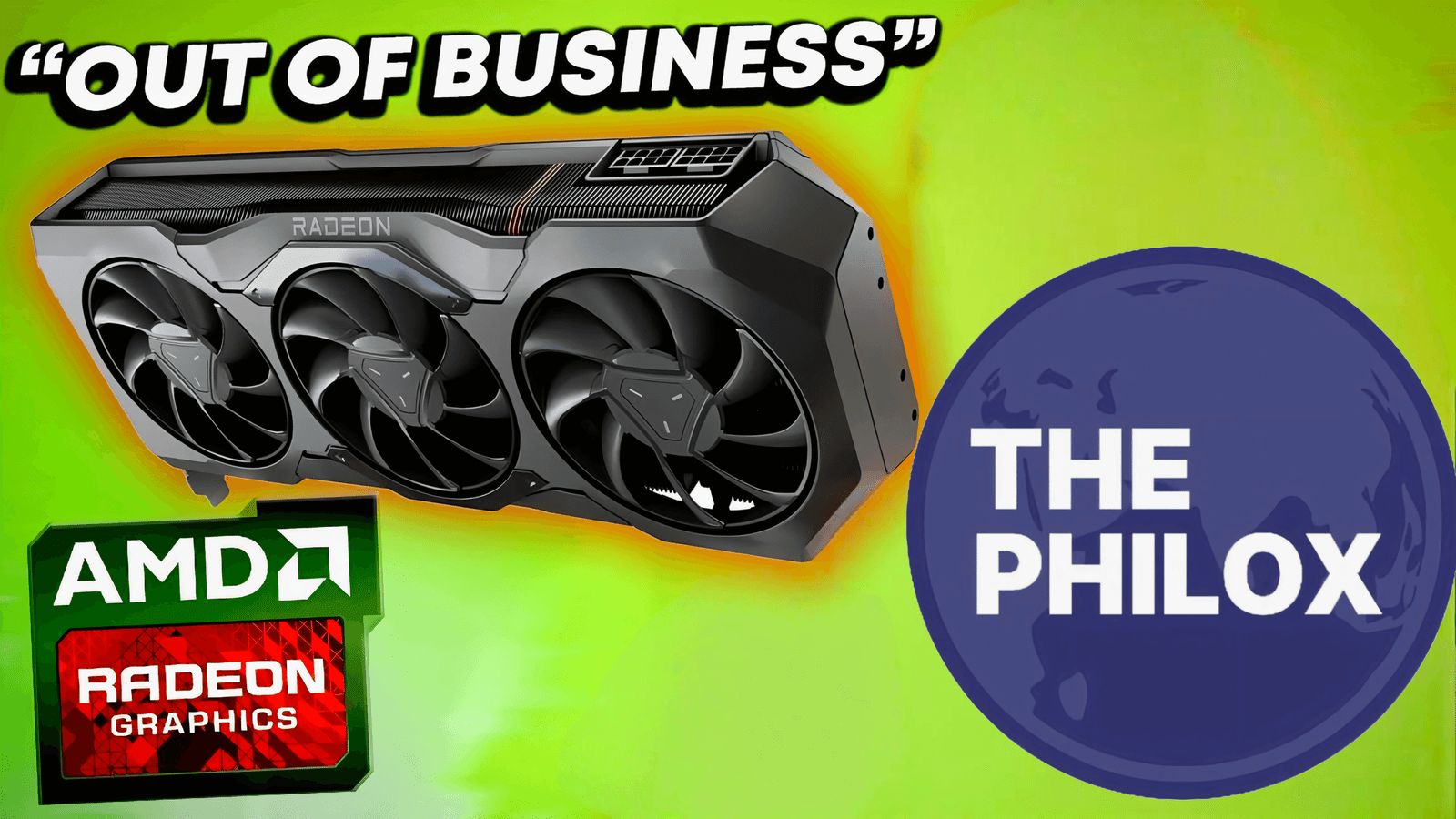Advanced Micro Devices, AMD, is a long-time competitor when it comes to the graphics card. In fact, the company is always at an apparent battle with that giant chip maker NVIDIA for the top spot in the industry.
However, AMD has recently retreated from the high-end gaming GPU segments and focused on the middle and budget-friendly segments, leaving one to wonder about the future of AMD in the GPU market. NVIDIA holds a leading market share in Q3 2024, close to 90%.
This report traces the history of AMD, the current market position, financial performance, capabilities of its products, and strategic choices to understand whether AMD can be expected to withdraw from the graphics card business and what may happen in that scenario.
INTRODUCTION
After it acquired ATI Technologies in 2006, Advanced Micro Devices had been one of the leaders of graphics cards.
The company acquired ATI to place its graphics technology into the product range while innovating and encouraging competition in the GPU marketplace, thus finally developing several extremely successful GPU architectures,
including Radeon HD 7000 series that took a share of 40% of market share in 2012.
Despite these successes, AMD has been experiencing difficulties such as intense competition from NVIDIA, constantly changing market shares, and financial constraints.
Current Market Situation
1. NVIDIA’s Supremacy: By Q3 2024, NVIDIA maintains an overwhelming 90% of the global GPU market share, establishing itself as the leader in the industry.
This leadership is due to the consistent innovation, robust product portfolio, and significant presence in gaming and data center markets by NVIDIA. Focus on AI and high-performance computing has further solidified the position of NVIDIA in the market.
2. AMD Market Share: The market share of AMD has declined to approximately 10% during the same time period.
This can be seen as an effect of competition due to the high-end products offered from NVIDIA, and AMD strategy aimed more towards mid-range to budget.
Acquiring market share within mainstream has led AMD to de-prioritize flag-ship gaming GPUs
Financials
1. Revenue and Margins: According to the income statements of the AMD company, it can be stated that the graphics business group in the company has remained under pressure, where revenue growth in the space is lagging behind the competition.
The strategy may just have been in trying to lever up the higher-margin areas in AI and data center markets. However, the gaming business segment has declined in its contribution to total revenue, which reflects pressure in the GPU market.
2. Benchmarking Competition: NVIDIA has financially outperformed its peers in the space of GPU’s due to producing huge revenues generated from the Gaming and Data Centers.
NVIDIA ventured early into the AI technology stream, and with that, early investment helped turn the company profitable. On the other hand, AMD ventured AI GPU much after NVIDIA. Its growth was also slow and captured market shares in a gradual pace.
Product Performance and Consumer Trust
1. Technical Capability: The graphics cards by AMD have been competitive, providing good price-to-performance ratios, especially in the mid-range market.
However, in the high-end market, NVIDIA’s GPUs have often beaten AMD’s products, especially when it comes to ray tracing and AI-driven features. This has influenced consumer choice towards NVIDIA for high-performance requirements.
2. Consumer Perception: The roles that consumer perception plays include driver support, reliability, and brand reputation regarding AMD graphics products.
Even with all the good improvements that AMD has done for the driver’s stability and performance, the leftover perceptions might sometime favor NVIDIA especially to the enthusiast who wishes for the top class performance and feature.
Strategic Decisions
1. Change in Strategy: AMD announces a change of strategy which bypasses fighting in the high-end GPU section in order to focus more on mid-range and budget areas so that it reaches more market shares in lower-priced units, which would attract wider demographics of consumers and developer communities.
2. AI and Data Center Markets: This is the reason the company AMD exhibits increased interest in the AI and data center markets. This can be attributed to the company’s strategic play with the emerging industry trends for applications of AI-driven nature.
It puts together gaming and data center graphics efforts under one roof in a platform. This is a strategy towards growing the strength it possesses in AI because this will help mitigate its struggles with consumer GPUs.
Potential Exit from the GPU Market
1. Indications of Leaving: When the company faces a dwindling market share, financial issues, and companies repositioning strategies towards other lucrative business lines with greater profit potentials such as AI and data center-related products then AMD may see an exit through graphics cards business.
De-prioritization of high end GPUs may be less confrontational, hence a sneak exit from too aggressive competition markets.
2. An Exit Effect: The exit of AMD from the GPU business is going to give NVIDIA an almost monopoly market share with lesser competition, high prices, and limited innovation. It will also bring consumers few choices and force the industry not to innovate too fast.
Industry and Consumer Reactions
1. Analyst views: The current position of AMD in the GPU market is a disadvantage, particularly because it cannot challenge the dominance of the leader, NVIDIA.
It seems that some analysts value this strategic shift as an appropriate way to focus on more profitable ventures, while others fear long-term implications for market competition.
2. Community Feedback: The gaming and tech communities are mixed in their reception of AMD’s likely exit from the high-end GPU market.
While it is appreciated that focus now shows on more affordable options with mid-range prices, others are bemoaning the loss of competition in the high-performance segment, expecting this might finally be the step leading to stagnation and higher prices.
Regulatory Issues
Antitrust Implications: A potential monopoly in the GPU market by NVIDIA could attract regulatory scrutiny over antitrust concerns.
Regulators may investigate practices that limit competition, such as bundling hardware and software to stifle competitors. Ensuring a competitive market is crucial to prevent monopolistic behaviors that could harm consumers.
Stay Connected and Share Your Stories
For all those inspired by stories of resilience and ambition, follow us on X/Twitter and on Instagram . For those with untold stories that you would love to share, please send them to contact@thephilox.com




